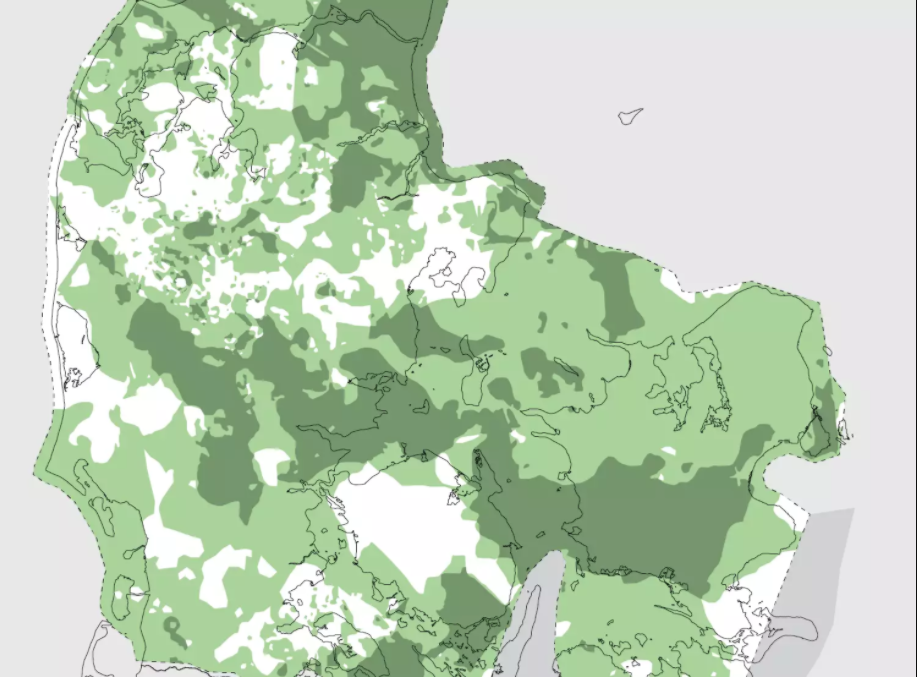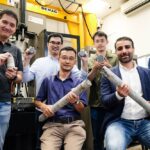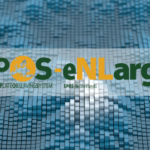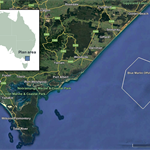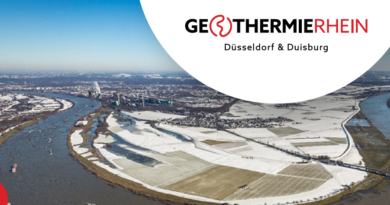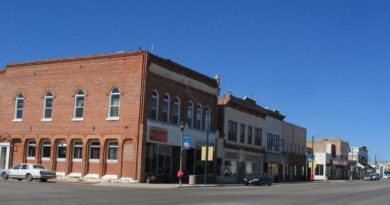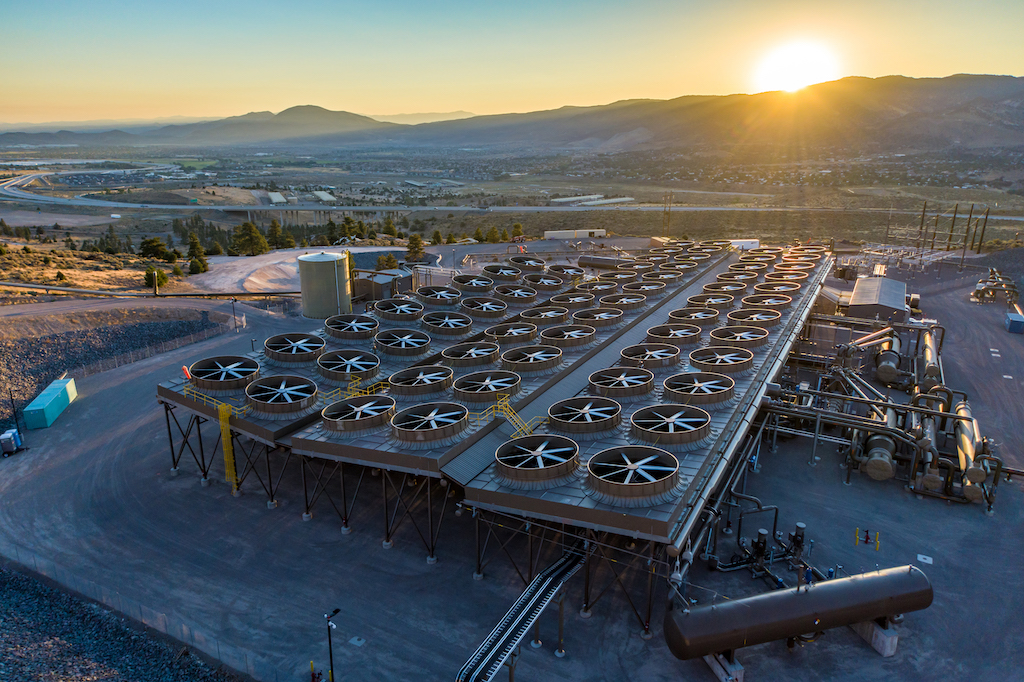Research project shows the way forward for geothermal energy in Denmark
Energy Disrupter
A Danish-international group of researchers has worked on a project to optimize the geological forecast and minimize the risk of useless and expensive drilling for geothermal development in Denmark.
Denmark’s subsoil has a huge untapped geothermal potential. This is the conclusion of the recently completed research project Geotherm, which GEUS has created in collaboration with partners from the research world, industry and the district heating sector. The project is supported by the Innovation Fund. This is reported by the Geological Survey of Denmark and Greenland (GEUS) on its website last week.
Today, just over 60% of Danish households are heated by district heating. Almost half of the district heating comes from non-renewable energy sources such as coal and natural gas. And only 0.1% of district heating from renewable energy sources comes from geothermal. However, this is not because the conditions for geothermal energy are poor in Denmark – on the contrary.
“We know that the Danish subsoil contains even very large geothermal resources, and it is our assessment that a large proportion of Danish households will be able to be heated with geothermal energy,” says Lars Henrik Nielsen, project manager and state geologist for the Department of Stratigraphy at GEUS.
Known methods from the oil industry
According to Lars Henrik Nielsen, the fact that geothermal energy is no longer widespread in Denmark is due to the large geological, technical and economic uncertainties associated with the establishment of a geothermal plant. And it is i.a. those that the Geotherm project has aimed to remedy.
“A significant barrier to the establishment of a large-scale geothermal production in Denmark is the uncertainty in the geological forecast – ie that there is a risk of drilling in a place where the subsoil subsequently proves not to be suitable as a geothermal reservoir. An important purpose for the Geotherm project has therefore been to optimize the geological forecast and minimize the risk of useless and expensive drilling, ”says Lars Henrik Nielsen.
Among other things, the researchers have done by adopting and adapting methods known from the oil and gas industry to make detailed descriptions of the geological layers and map possible geothermal reservoirs in the subsoil.
“With the results from the Geotherm project, it will in future be easier to assess where it pays to look for the geothermal resource – ie. where both infrastructure and the right type of subsoil are present, ”says Lars Henrik Nielsen.
Best practice reports
In connection with the project, a number of best practice reports and final reports have been prepared, which present the project’s data and results. The reports contain i.a. recommendations on how to obtain the best possible data base to reduce the geological risks in geothermal projects, which materials are most suitable and how best to decide whether a geothermal project can be profitable and should continue.
“At GEUS, we continue our efforts to reduce geological risks in close cooperation with other actors. We hope i.a. to have the opportunity to expand our geothermal portal with a calculation module that can estimate the amount of heat that can be utilized at a given location, ”says Lars Henrik Nielsen.
The Geotherm project is supported by the Innovation Fund and consists of 11 partners:
GEUS, Aarhus University (AU), FORCE Technology, Geoop, Qeye Labs Aps, Helmholtz – Zentrum Potsdam Deutsches GeoForschungsZentrum (GFZ), Bureau de gecherches geologiques et minieres (BRGM), Lunds Universitet (LU), HGS (c / o HOFOR Fjernvarme ) as well as the two geothermal (heating) plants at Sønderborg and Thisted.
Source: Geus


